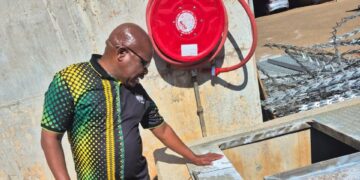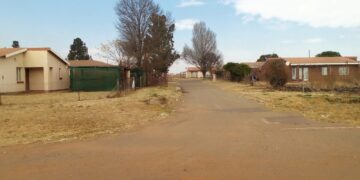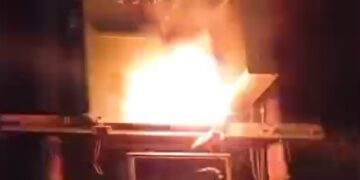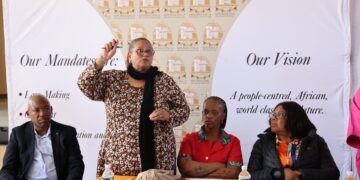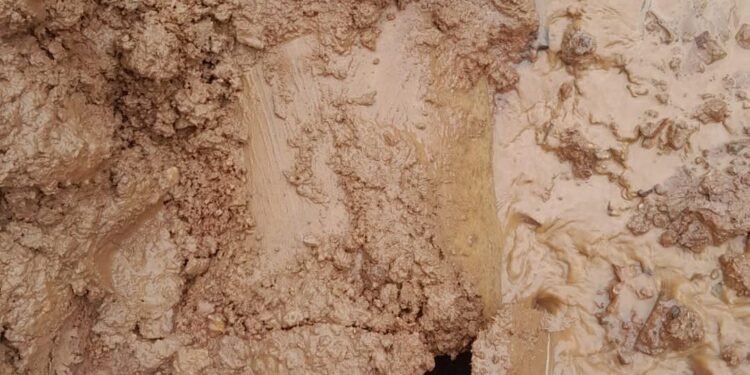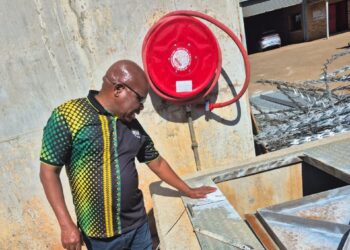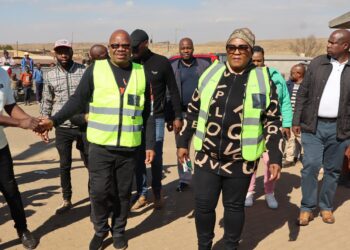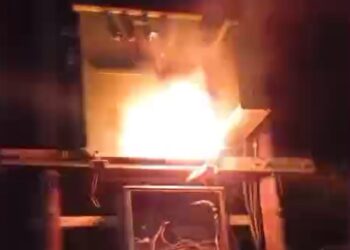SIYABUSWA – Residents of Dr JS Moroka Local Municipality have raised serious health concerns over drinking water supplied through ageing asbestos pipes. For decades, communities such as Siyabuswa have relied on water from pipes installed many years ago—pipes that residents have now discovered are made from asbestos. They fear continued exposure could pose long-term health risks.
Thabo Motau (58), a Siyabuswa resident since the 1980s, said he only recently became aware of the issue. “I saw pictures on the municipality’s Facebook page when they were updating us about burst pipes. That’s when I noticed they were made from asbestos,” he said. “My concern is, when these pipes burst, aren’t asbestos particles released into the water we drink? That can’t be safe.”
Motau said residents have occasionally noticed discolouration in their water supply. “Sometimes the water looks brown, and we often suffer from stomach bugs. We are worried this is connected. Our health is at stake, and we’re pleading with the municipality to act swiftly to address this matter,” he added.
Gabriel Mizan, Occupational Hygienist and Honorary Lecturer at the Wits School of Public Health, said deteriorating asbestos pipes are a known risk. “As these pipes age, they can release fibres into the water. While there is a move to define safe levels of asbestos in water, the best approach is to identify and replace the pipes to ensure water safety,” said Mizan. He added that a proper risk assessment and fibre detection methods should be used.
Craig Sheridan, Professor at the Wits School of Geography, Archaeology and Environmental Studies, echoed health concerns related to unsafe water. “When testing water, the first indicator is often the presence of E. coli, which doesn’t always cause disease but signals that the water has been contaminated with faecal matter,” he said.
Sheridan explained that E. coli serves as a warning for potential water-borne diseases such as cholera. “Cholera is highly contagious and spreads mainly through contact with contaminated water or food. Symptoms include diarrhoea, vomiting, and leg cramps,” he warned.
Municipal Spokesperson Mmasabata Ramatsetse confirmed that asbestos pipes were indeed installed decades ago. “The municipality is aware of the health implications and is working with the Department of Cooperative Governance, Human Settlements and Traditional Affairs (COGHSTA) to eradicate and replace asbestos roof sheets in affected areas such as Maphotla, Twoline, Siyabuswa, Seabe, Lefiswane and Pankop,” she said.
Ramatsetse further stated that in the 2024/2025 financial year, a total of R45.9 million has been allocated to water-related infrastructure projects. “R24.2 million has been earmarked for the replacement of the asbestos bulk water line from the Waste Water Treatment Works (WWTW) to the Bloedfontein reservoir in Senotlelo (Ward 20) under Phase 2. An additional R21.7 million is allocated for replacing the pipeline from the WWTW to the Kulier reservoir, also in Phase 2,” she explained.
As calls for clean and safe water intensify, residents are hopeful that urgent infrastructure upgrades will finally eliminate the health risks posed by asbestos in their drinking water.


